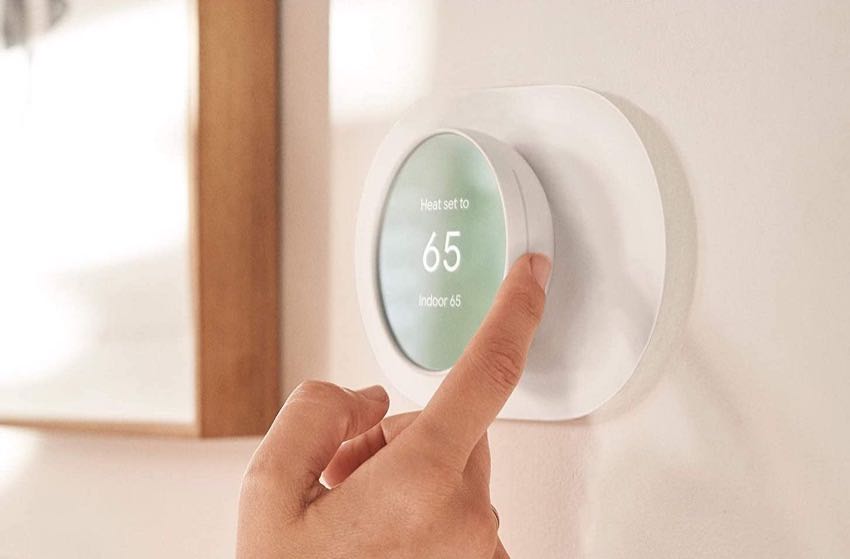A thermostat is a device used to control the temperature of a room or a building. It typically includes a sensor that measures the temperature and a mechanism for adjusting the heating or cooling source to maintain the desired temperature. The most common type of thermostat is the one that controls the heating and cooling system of a building. These thermostats can be mechanical or digital and can be controlled manually or by a programmable schedule. A toptech thermostat can also be controlled remotely via a smartphone or internet connection.
Different Types of Thermostats
Mechanical thermostats: Mechanical thermostats use a bi-metallic strip made up of two different metals with different thermal expansion coefficients. When the temperature changes, the bi-metallic strip will bend or straighten, which will cause the electrical contacts in the thermostat to open or close. This, in turn, will turn the heating or cooling system on or off.
Mechanical thermostats are relatively simple and inexpensive, but they can be less accurate and unreliable than digital thermostats. They are also not programmable and must be adjusted manually. However, they are still widely used in older buildings and industrial settings.
Programmable thermostats: Programmable thermostats allow you to set different temperature schedules for different times of the day, such as a lower temperature during the night and a higher temperature during the day. This can help save energy and reduce heating and cooling costs.
Programmable thermostats are typically digital and can be programmed using buttons or a touchscreen interface. Some programmable thermostats can also be controlled remotely via a smartphone or internet connection. They can also be set to follow a specific schedule or can be programmed to learn your schedule and adjust the temperature accordingly.
Wi-Fi thermostats: Wi-Fi thermostats are becoming more popular, as they allow you to control your heating system from your smartphone or tablet. The device connects to the Internet and allows you to set your home’s temperature from anywhere in the world. You can even set up a programmable thermostat that will enable you to set the temperature according to a schedule rather than manually adjusting it.
Smart thermostats: Smart thermostats have features that enable them to connect with other smart devices throughout your home and the Internet so they can communicate with your phone or tablet. This type of device can also allow you to receive notifications on your phone when there is unusual activity in the house, such as smoke detectors going off or if there is water dripping in one of your rooms.
What’re the Benefits of Thermostats?
Controls sustainability
Using a thermostat is that it controls sustainability. If your home uses more energy than necessary, then this will cause an increase in utility bills over time. Using a programmable thermostat allows you to set the temperature at which your heating and cooling systems will operate so that they are always running at peak efficiency, allowing them to perform better while saving money and reducing carbon emissions.
Keeps you comfortable
The thermostat keeps you comfortable throughout the year, not just when you need it most during winter. When you have a programmable thermostat, you can set it to automatically adjust the temperature based on your schedule and daily activities, such as sleeping hours. This helps save wear and tear on your heating and cooling system by keeping it at a lower level whenever possible while providing adequate heat when needed.
Key Takeaway
If you don’t have a thermostat in your home, there are plenty of reasons to consider installing one and learning about all the available types. Whether you decide to use an old-fashioned mercury-based thermostat or one with a digital display, having some thermostat ensures that you can keep your home at the optimal temperature for energy and comfort, no matter what time of year it is.
